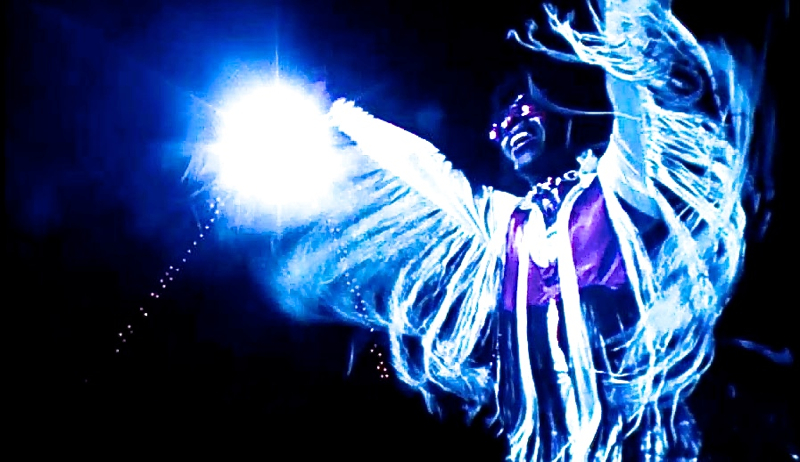Woodstock’s 45th Anniversary

As CNN quotes here, the festival was named after a town 60-miles from the its venue due to cultural associations and “vibe.”
“It was really called Woodstock because (festival co-creator) Mike Lang thought it had the right vibe,” Bob Spitz, journalist and author of “Barefoot in Babylon: The Creation of the Woodstock Music Festival, 1969” told CNN.
“Woodstock was where Bob Dylan lived,” said Spitz, “It’s where The Band hung out and he just liked the whole feel of the word. No matter where they were gonna have it, it was always going to be the Woodstock Music and Art Fair. Everything about Woodstock has to do with the vibe.”
Of course, the festival has come to be regarded — and has been for decades now — as alternately the pinnacle and/or the denouement of the 60s flower-power movement. 400,000 kids came together, a huge number of the era’s biggest acts performed, and nothing too terrible happened. The organizers were ill-prepared for the crowds, which were about triple what they expected, the weather was hardly spectacular, the general squalor you’d expect from that many kids on hallucinogens gathered in one place was apparent, traffic jams crippled the region for days, but because it didn’t descend into unadulterated chaos it’s remembered by a romantic many as somehow utopian.
A documentary released the following year, simply entitled Woodstock, is what solidified the event in mythology.
Performers who appeared during the three days included The Grateful Dead, The Who, Jefferson Airplane, Crosby, Stills, & Nash (in their second ever performance), Santana, Creedence Clearwater Revival, Sly & the Family Stone, and Jimi Hendrix.
Below, a quintessentially “Woodstock” moment, as San Francisco’s Country Joe McDonald (of Country Joe and the Fish) leads the throngs in a singalong of his Vietnam protest song, “I-Feel-Like-I’m-Fixin’-to-Die Rag.” (WARNING: CONTAINS PROFANITY AND HIPPIES.)